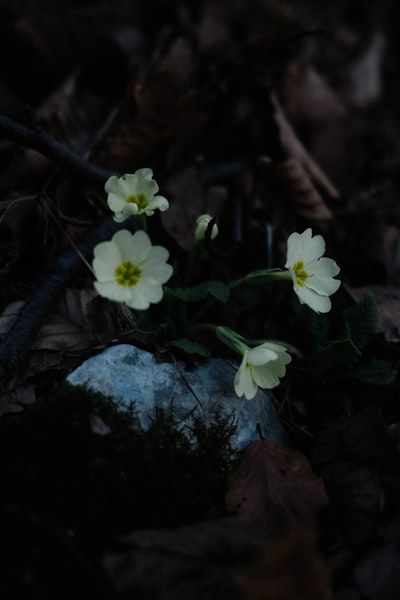 Photoreceptors are specialised neurones located in the eye’s retina. They absorb light photons and the change in membrane potential causes signals to be sent to other neurons which are transported to the optic nerve. The optic nerve is composed of nerve fibres which carry the signals to the brain. There are no rods or cones located at the point at which the retina and optic nerve connect which causes a blind spot. Once the information reaches the brain it can then be used to formulate a complete picture of the outside world.
Photoreceptors are specialised neurones located in the eye’s retina. They absorb light photons and the change in membrane potential causes signals to be sent to other neurons which are transported to the optic nerve. The optic nerve is composed of nerve fibres which carry the signals to the brain. There are no rods or cones located at the point at which the retina and optic nerve connect which causes a blind spot. Once the information reaches the brain it can then be used to formulate a complete picture of the outside world.
There are two types of photoreceptors:
- rods: they’re responsible for night or scotopic vision
- cones: they’re responsible for daytime or photopic vision and also the perception of colour
The cones can be found densely packed in the fovea centralis. There are between six and seven million cones in the retina. They’re not as sensitive to light as rods and can adapt very quickly to changes in light level. They’re responsible for high resolution vision.
Rods are located in the retina and they’re about 120 million of them. They’re more sensitive than cones by over a thousand times but not to colour. They’re also much more receptive to motion.As they’re mainly located in the peripheral vision objects can appear clearer there in the dark than when you look directly at them.
——————————————————
Tropisms

Tropisms are directional movement responses in plants. Plants can’t relocate themselves but they can alter the direction of their growth to make conditions more favourable for themselves.
Photosynthetic plant stems grow towards the light. If the source of light changes then they change the direction of their growth in response to this. This form of growth response is called phototropism. For example, plants that grow close to windows will lean towards the sunlight coming through the glass.
Another form of trophic response is gravitotropism. This means that a plant will grow so that it keeps orientated relative to gravity. For instance, when a seed is growing the shoot will grow upwards and the roots downwards.